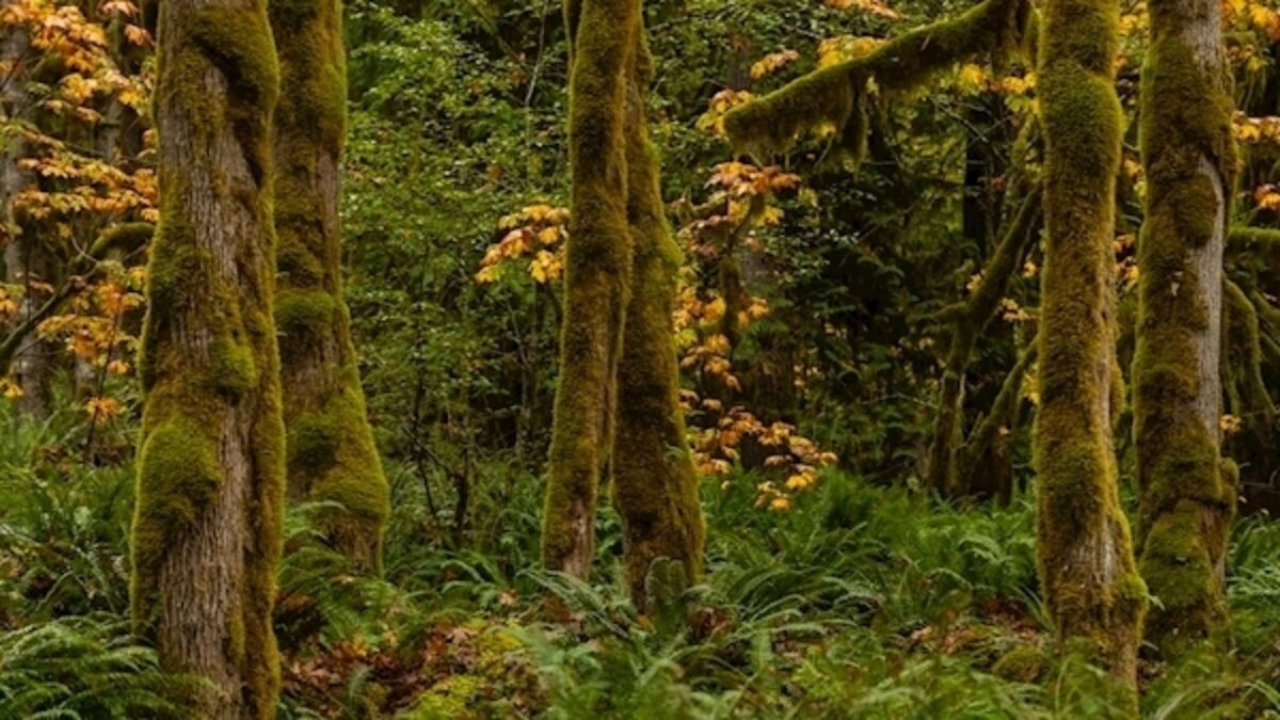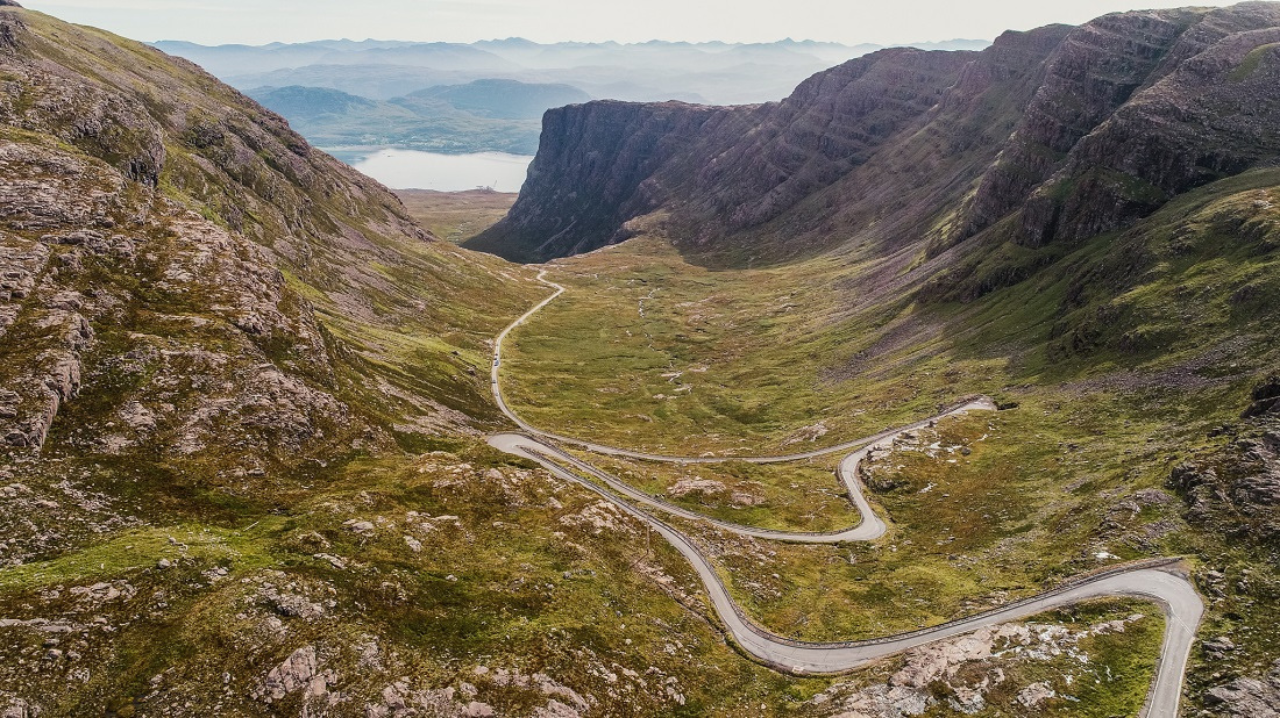In the quiet shadow of the storm, the forest breathes a different kind of stillness.
The recent impact of Storm Eowyn has left a lasting impression across the woodland communities and natural reserves of the region. What began as a severe weather alert soon turned into a sobering reminder of nature’s power—and the delicate balance between human presence and natural environments.
While infrastructure teams are hard at work restoring trails and clearing debris, the emotional and ecological impact lingers. For residents, hikers, forest workers, and conservationists, the aftermath has prompted more than just cleanup; it has sparked an urgent call for enhanced forest safety protocols, climate resilience planning, and community preparedness in the face of increasingly erratic weather events.
This article explores the multi-dimensional response to Storm Eowyn—from environmental damage and rescue efforts to policy gaps and future safeguards. It is a call not only to reflect but also to rebuild smarter, safer, and stronger.
The Wake of Eowyn: Understanding the Storm’s Impact
Storm Eowyn swept through several forested regions with ferocious winds, heavy rainfall, and sudden temperature drops. What made Eowyn particularly alarming was not just its strength, but its unpredictability. Reports indicated wind gusts exceeding 90 km/h in some areas, uprooting trees, flooding lowland paths, and triggering minor landslides.
Casualties and Incidents:
- Two hikers stranded overnight in Redleaf Forest had to be rescued by emergency responders amid falling trees and slippery terrain.
- Park rangers reported extensive damage to wildlife habitats, with several bird nesting zones and deer shelters destroyed.
- Over 40 trailheads in affected zones remain closed for safety assessments.
While there were no fatalities, the storm served as a near-miss event that underscored how vulnerable even the most experienced adventurers and professionals can be when nature turns volatile.
Why Forest Safety Deserves Immediate Attention
Forests are more than just recreational spaces—they are ecosystems, workplaces, sanctuaries, and living archives. Yet, safety in forest environments often takes a back seat until disaster strikes.
Storm Eowyn has brought to the forefront three pressing issues:
1. Delayed Weather Communication in Remote Areas
Many forest zones have poor cellular reception. Several hikers and field teams reported that they received storm alerts too late or not at all.
2. Lack of Real-Time Trail Status
There’s currently no unified, real-time trail management system accessible to the public that can indicate closures, flood risks, or dangerous terrain conditions.
3. Insufficient Emergency Protocols
While national parks and large reserves have emergency plans, many smaller forests and privately managed reserves lack standardized safety measures or communication plans.
Human and Ecological Stories from the Storm
In the aftermath, stories of resilience and quick thinking have surfaced—each highlighting both the courage of individuals and the urgent need for systemic change.
The Rescue at Black Fern Trail
Two hikers, a father and daughter duo, had set out early unaware that the storm’s path had shifted overnight. As wind speeds increased, they sought shelter under a rocky outcrop. With mobile signals weak, they managed to send a brief location ping before the battery died. Rescue teams found them 12 hours later, cold but safe. Their story has now become a touchpoint in forest safety advocacy campaigns.
The Wildlife Displacement
Biologists conducting post-storm surveys in the Willow Creek region found that over 30% of ground-nesting bird habitats had been swept away. Foxes and deer populations also appeared to have migrated to unusual elevations, suggesting an instinctive avoidance of post-storm damage zones. This behavioral shift is prompting new research on how climate-related events are altering wildlife patterns.
What Needs to Change: A New Safety Vision for Forests
Storm Eowyn is not an isolated event. Climate scientists warn that storms of its magnitude will likely increase in frequency and intensity. The time to revise and reinforce our forest safety framework is now.
Here are five key areas for immediate attention:
1. Smart Alert Systems
There is an urgent need to develop satellite-based or mesh network alert systems that can function independently of mobile towers. These systems could be placed at key trailheads, ranger stations, and rest areas to alert visitors and staff in real time.
2. Digital Trail Mapping and Risk Assessment
Investment in interactive trail apps integrated with GIS data, rainfall alerts, and live ranger updates would empower hikers and workers alike. A “Green to Red” risk level system—updated every few hours—could signal trail accessibility and safety.
3. Emergency Training and Kits
All registered hiking groups, tour companies, and forestry staff should undergo seasonal storm safety training. Forest entry points should offer emergency kits with items like whistles, foil blankets, and storm maps.
4. Community Preparedness Workshops
Host seasonal safety workshops in communities near forest zones—especially before monsoon and winter seasons. Involving schools, local councils, and businesses ensures a collaborative safety culture.
5. Long-Term Climate Adaptation Strategy
Governments and forest departments must integrate climate projections into forest management. This includes reinforcing trail infrastructure, building climate-resilient shelters, and preparing for ecosystem shifts.
The Role of Policy and Governance
While on-ground efforts are essential, long-term change must be supported by policy. Storm Eowyn has reopened discussions in environmental agencies and state legislatures about emergency preparedness in natural environments.
Key legislative proposals being discussed include:
- Forest Safety Enhancement Act: A bill that would allocate funding for safety tech infrastructure and ranger training.
- Green Emergency Protocol Mandate: Requiring all public and private forests to submit updated storm response plans annually.
- Eco-Tourism Regulation Review: A proposal to reassess how adventure tourism is monitored in high-risk zones.
These policy conversations aim not to limit access, but to ensure that access is safer, smarter, and more sustainable.
The Role of Technology in Forest Safety
Tech innovation can play a transformative role in bridging the gap between awareness and action.
Drones for Damage Assessment:
After storms, drones can quickly scan forest regions to assess risks, identify blocked paths, and even locate missing persons using thermal imaging.
AI-Powered Prediction Models:
Using satellite data and weather patterns, AI can help predict which forest zones are most likely to experience flooding or tree falls—and update maps accordingly.
QR-Linked Trail Checkpoints:
Placing QR codes at checkpoints allows hikers to check in. This simple tool creates a log of their presence and can help trace their path in emergencies.
Rebuilding with Responsibility
Nature will always be unpredictable, but our preparedness need not be uncertain. As fallen trees are cleared and trails repaired, we must also rebuild our approach—with respect for nature’s force and responsibility for human safety.
Community groups, volunteers, and ranger teams are already leading the way:
- Replanting damaged trail edges with native shrubs to prevent erosion.
- Installing new wind-resistant signposts at major junctions.
- Launching Forest Friends Campaigns to sponsor local safety gear and education.
This movement is not just about recovery—it is about resilience.
Conclusion: The Forest is Listening—Are We?
Storm Eowyn arrived uninvited, unruly, and unforgettable. It left behind damaged trees, shaken communities, and a question echoing in the winds: Are we ready for what’s to come?
Improving forest safety is not an act of fear—it is a declaration of respect. Respect for the environment. Respect for those who live, work, and find peace in the forest. And respect for life itself.
As we move forward, let Eowyn not be remembered only as a storm, but as a turning point—the moment we realized that in the heart of the wild, safety is not an afterthought—it is a promise.
Let that promise guide our planning, shape our policies, and inspire our next steps. The forest is still standing. Now, it’s up to us to stand with it—wisely, safely, and sustainably.




